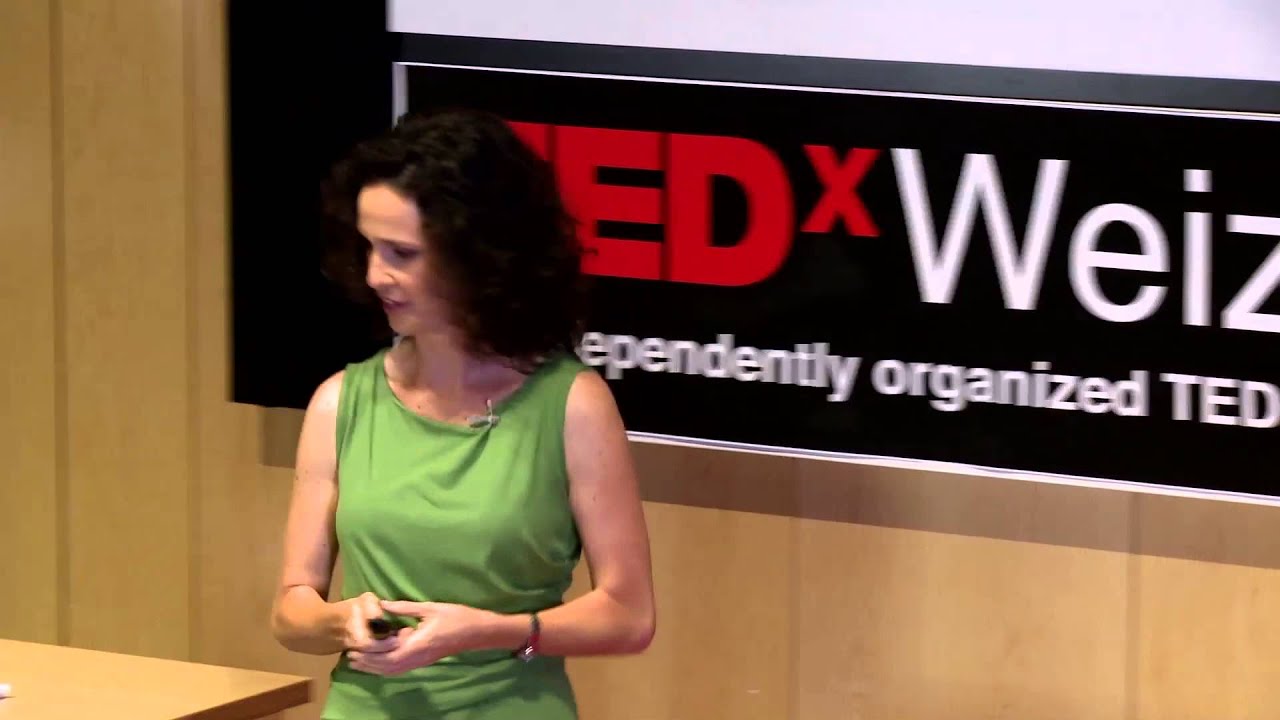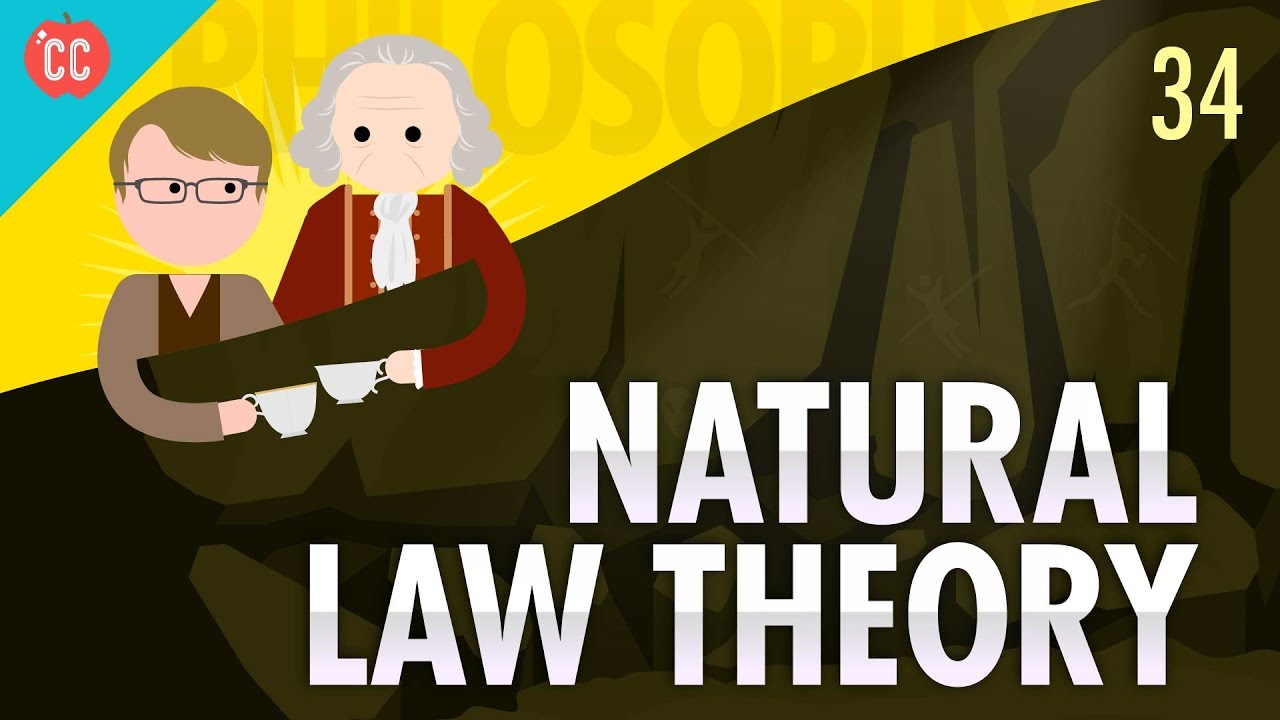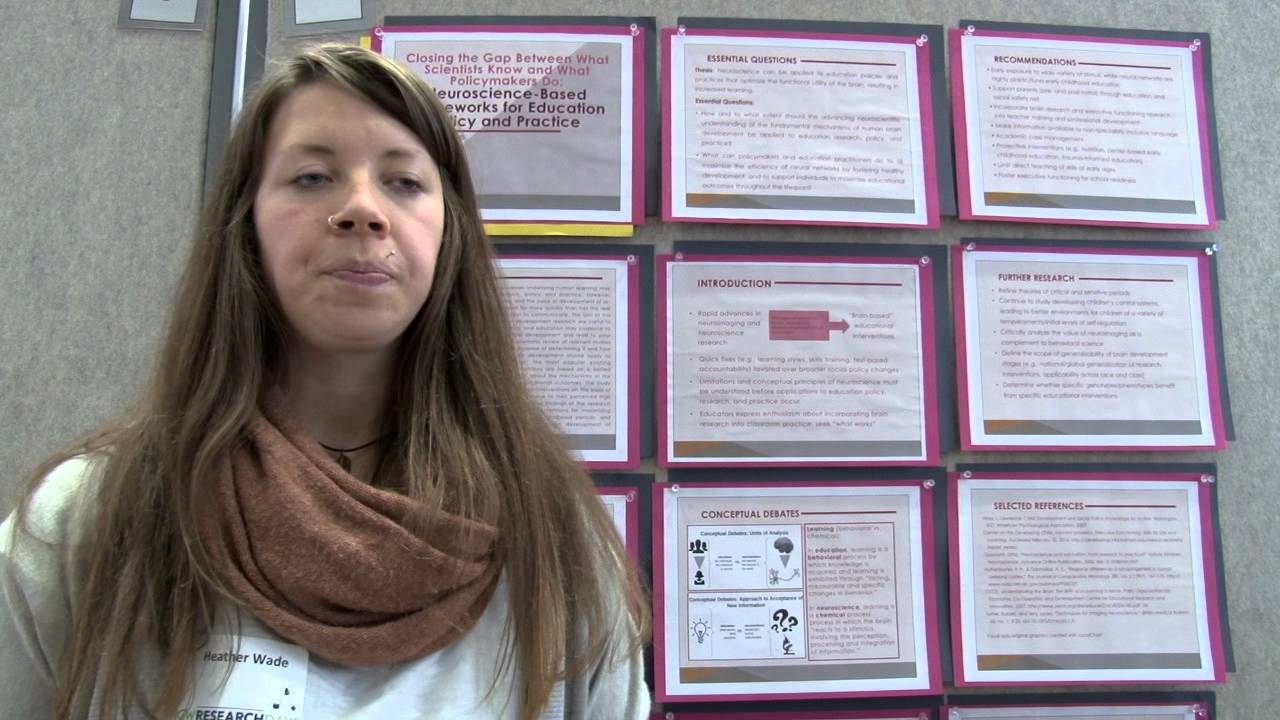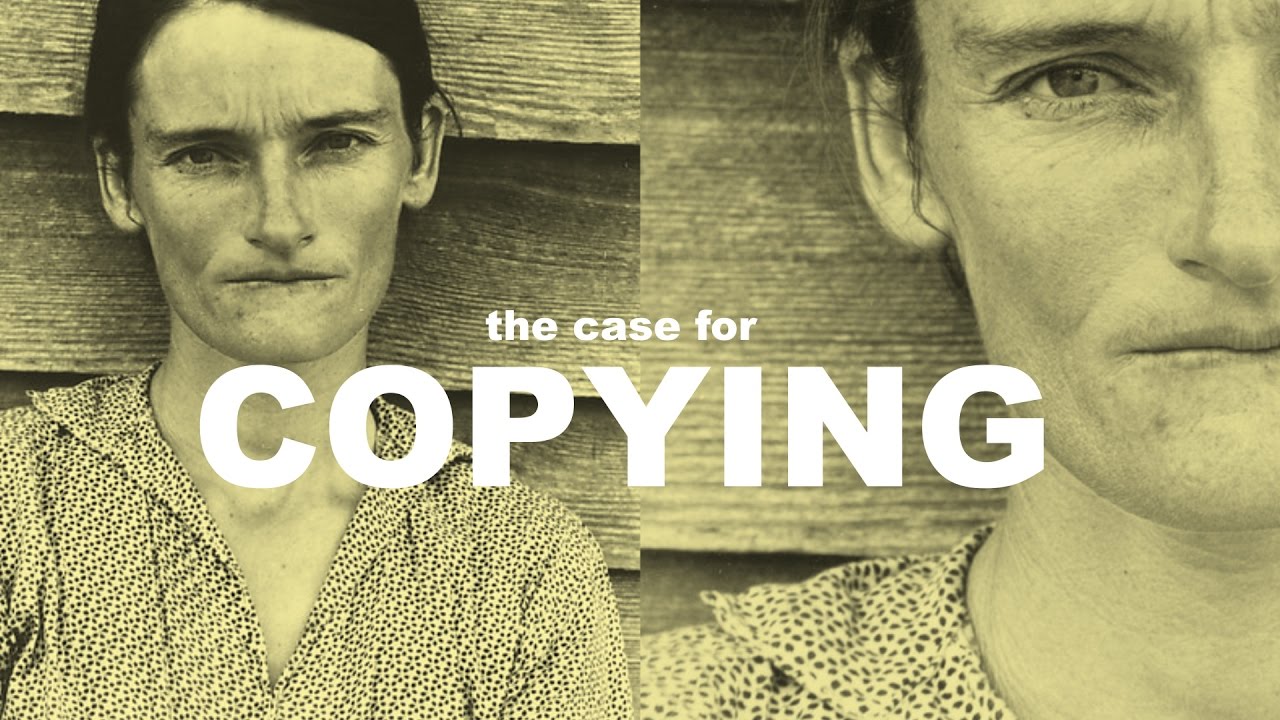This talk was given at a local TEDx event, produced independently of the TED Conferences. Efrat and Mickey collaborated and are teaching a joint course for middle-school students in the Rama school for gifted and talented children in Ramat Hasharon, Israel. In this course they study together with their students the processes of learning how to juggle. They use simple visualization tools to follow the improvement in performance. This process of self-investigation by the students, using visualization tools, enabled novel and exciting insights about learning, teaching, motivation and success.
Dr. Efrat Furst
Efrat Furst, a former cognitive neuroscientist, studied human memory using behavioral tools. Today she works as a teacher, teaching neuroscience and leading neuroscience-based research project with students. She also teaches teachers and principals about the brain and the science behind it and the way this understanding can be applied in classrooms and schools.
Mickey Choma
Mickey Choma is a former fencing champion and professional dancer at ‘Bat Sheva’ and soloist at ‘Kol Demama’ Israeli dance companies. As a professional juggling artist he is the creator and teacher, for the past 16 years, of the course “Body Wisdom” at enrichment centers and schools for gifted children.
About TEDx, x = independently organized event In the spirit of ideas worth spreading, TEDx is a program of local, self-organized events that bring people together to share a TED-like experience. At a TEDx event, TEDTalks video and live speakers combine to spark deep discussion and connection in a small group. These local, self-organized events are branded TEDx, where x = independently organized TED event. The TED Conference provides general guidance for the TEDx program, but individual TEDx events are self-organized.* (*Subject to certain rules and regulations)
TEDx Talks
Source




Thank you for this.
There is so much to be learned about the learning process. Juggling may be a trivial activity, but it is perfect for this type of exploration – a fantastic intersection of mental and physical.
So the take-away here is practice in 20min intervals with a 10min break? I like it.
Disappointed. I believed that something more was explained!
Juggling is like a shark and neuroscience is like a tornado that makes sharks fly.
And Sharknado was a brilliant movie.
Just like their research.
juggling robots will never exist unless they develop some form of AI. juggling is much intuitive as it is mathematical.
Nice perspective of juggling. I am discovering great things about this craft lately and such videos do help.
I guess I'm hopeless. I couldn't draw a square and a triangle at the same time.
Hey, maybe there is hope for me. I'm doing much, much better than those students. 3.2 catches in one week? Do they have palsy? I haven't been counting–I will–but I'd say I'm in there with her six-weekers. Another thing I notice is the tremendous difference between the 6-weekers and the 7-weekers. All in all, although I was discouraged in the beginning, I now feel like a juggling idiot savant.
i learned 4 balls by juggling 2 with the left (weak) hand and walking my dog with the right hand. After 2 weeks of walking the 4 balls worked much better. I noticed that I used 80 percent concentration on the left side. after a few months it is now 50 / 50 on left/right and now balanced.
I've been juggling for 30 minutes everyday for the last 6 years. The best I can do is juggle 7 balls for about 12 seconds. 6 years ago, my sister, who is neuroscientist told me to juggle a little each day rather than, for example, 6 hours on Saturday and Sunday while no practice during week days. She was right. As this video explains, the key to success is constant persistence in small doses.
Very Well Done! FR
Excellent.
she looks like Ellaria Sand from GOT
This makes me wonder why the students have any self-doubt at all. Why do they lack confidence and who is taking it away? Also, this approach seems to contradict immersion programs that have no breaks, but produce fluency.
The lights are not lead (sounds like red) they are L.E.D. (ell ee dee) lights. LED is not a word, it is an abbreviation, like FBI, CIA, USA, SPCA. Are the speakers allergic to each other? Just stand there and talk, this is distracting.
juggling balls has raised my confidence n motivation
The information in this video is so widely applicable. Thx a bunch
so helpful
Perfect timing! I started today! I juggled for 3 hours w/lots of stretching & walking to break it up & for a break. I was hoping to create muscle memory & new neurons in my brain after hearing so much on brain plasticity! Thanks so much for these tips! Even w/brain impairment, I was able to do this exercise w/the triangle & square on the second try on for one side & the first try when reversed…dominant hand=first time. This is really a wonderful & very informative talk & I am very grateful for this awesome video! Thank you so very much!
I actually have known that breaks are important when trying to learn somethong gor a while. Lol. Welcome to the club
I thought he had a raccoon skin hat on at first wtf
I'm more interested in the neuroscience of his hair.